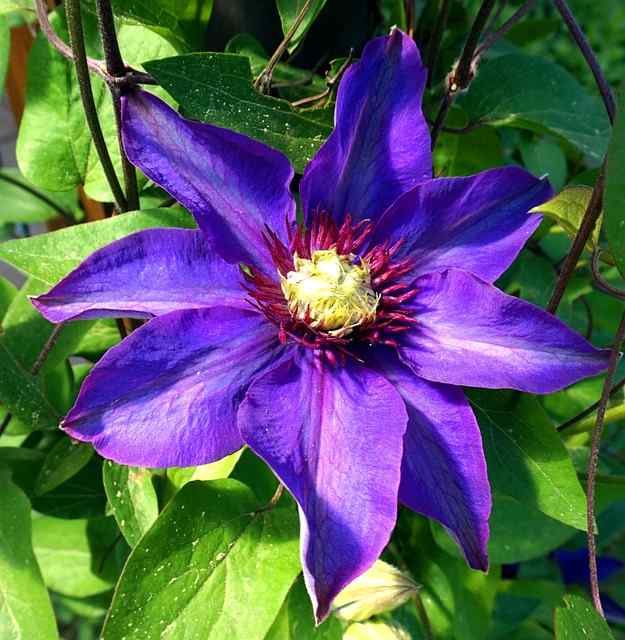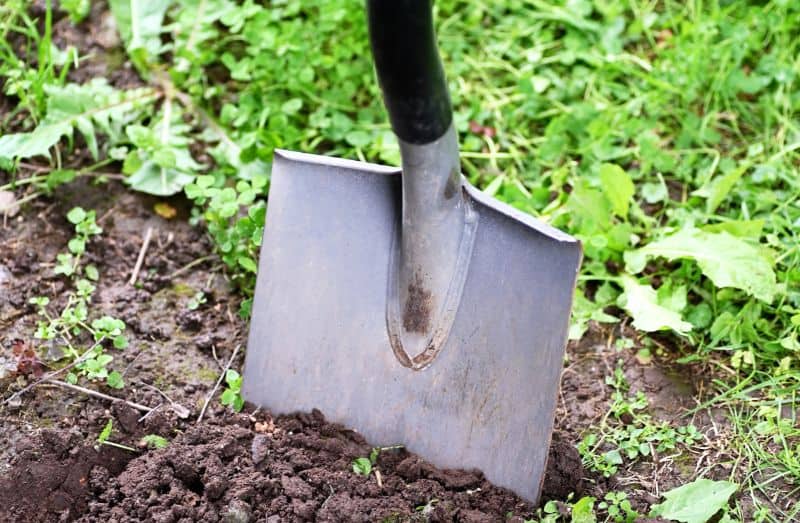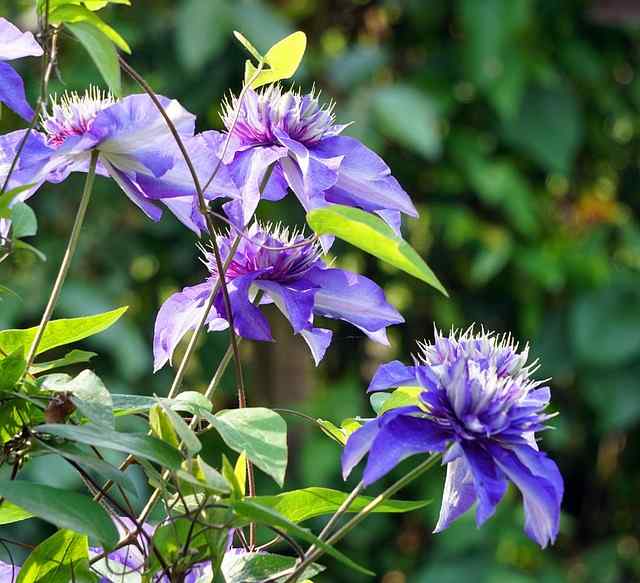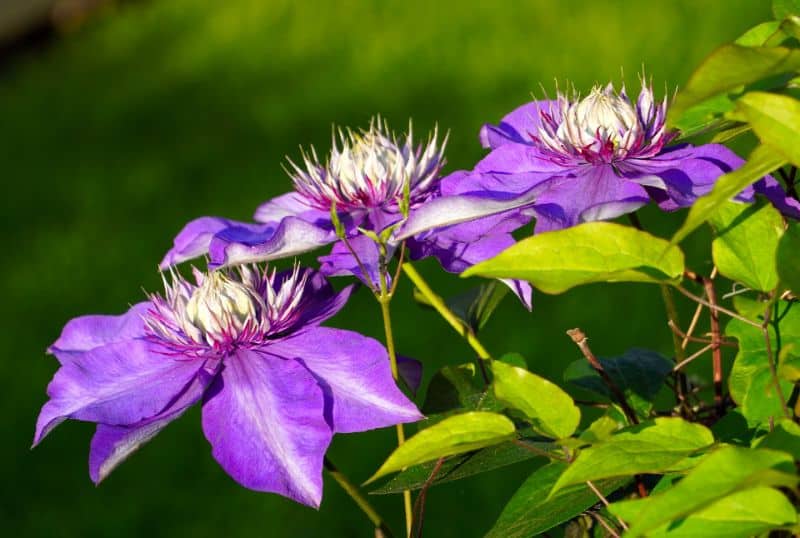This guide covers the details of clematis division, exploring not only the “how-to” aspects but also the benefits, timing, and practical considerations. By the end of this guide, you’ll be equipped with all the knowledge you need to successfully divide your clematis and enhance your garden’s beauty.
The Benefits of Dividing Clematis

Dividing clematis comes with a plethora of advantages, making it a worthwhile endeavor for any gardener. Here are some compelling reasons to consider:
Healthier Plants: Overcrowded clematis can lead to weaker growth and fewer blooms. Dividing them encourages better air circulation and nutrient uptake.
Increased Blooms: When you divide and replant a clematis, you often rejuvenate the plant, prompting a more vibrant bloom cycle.
Propagating New Plants: Division allows you to expand your garden without needing to purchase new plants. It’s a cost-effective way to propagate your favorite varieties.
Improving Aesthetic Balance: If one area of your garden feels particularly crowded by clematis, division can help maintain a balanced aesthetic, ensuring each plant has enough space to thrive.
Rescue Operations: If a clematis is struggling, division can sometimes save the plant, as you can remove rotting roots or poorly drained sections.
When is the Right Time to Divide Clematis?

Timing is a crucial factor when it comes to dividing clematis. Ideally, the best window for division is in early spring or late fall when the plants are dormant. This minimizes stress on the plants and gives them ample opportunity to establish roots before the growing season begins.
Spring Division: Early spring is prime time as the plants begin to wake up from their dormant phase. Look for signs of new growth but before the flowers start to form.
Fall Division: Late fall is another great option. By this time, the plant has stopped flowering, and the foliage is beginning to die back, preparing for winter. Dividing during this time means the plant can recuperate through winter.
Preparing for Division: Tools and Materials

Before getting your hands dirty, it’s important to gather the right tools and materials. Here’s what you’ll need:
Sharp Spade or Garden Fork: A sharp tool will help you cut through the root system cleanly and avoid damaging any remaining roots.
Pruning Shears: Useful for trimming back stems before dividing, allowing the plant to focus on root development.
Watering Can or Hose: To keep the plants hydrated post-division.
Compost or Well-Rotted Manure: A beneficial addition to new planting sites will help the clematis re-establish itself.
Mulch: Helps in retaining moisture and suppresses weeds after replanting.
Step-by-Step: How to Divide Clematis

Now that we have the basics covered, let’s get down to the nitty-gritty of how to divide clematis. Follow these steps for a successful division:
1. Choose the Right Plant
Select a healthy clematis that has been in the ground for at least a few years. Younger plants may not have developed sufficient root systems for division.
2. Prune the Plant
Trim back any long, straggly stems to about 12-18 inches above soil level. This helps the plant redirect its energy toward establishing new roots and minimizes damage during the division process.
3. Moisten the Soil
Water the clematis thoroughly the day before you plan to divide it. Moist soil is easier to work with and lessens the chances of damaging roots during the excavation.
4. Digging It Up
Using your spade or garden fork, carefully dig around the base of the clematis. Aim for a radius of about 12-18 inches out from the plant’s base. Gently lift the plant from the ground, ensuring you get as much of the root system as possible.
5. Separating the Roots
Once you have the plant out of the soil, you can see the root system. Look for natural divisions in the roots. Using your hands, gently pull apart the sections. If they resist, you may need to use your spade to cut through any thicker roots.
6. Replanting the Divided Sections
Now comes the exciting part! Prepare your new planting holes in well-drained soil enriched with compost. Place each division in its hole, ensuring that the crown (where the roots meet the stems) is at soil level. Fill in the holes and gently tamp down the soil to eliminate air pockets.
7. Water Generously
After replanting, give your clematis divisions a thorough watering to help settle the soil and ensure the roots have access to moisture.
8. Mulch and Maintenance
Applying a layer of mulch around your new divisions will retain moisture and suppress weeds. Throughout the first few months, keep an eye on moisture levels, particularly if there’s a dry spell.
Caring for Divided Clematis

While the initial division process is crucial, ongoing care and maintenance will determine how well your divided clematis thrives. Consider the following guidelines:
Regular Watering: Newly divided plants require consistent moisture. Check regularly, particularly during dry spells.
Fertilization: Use a balanced fertilizer in early spring and again in mid-summer to encourage growth and flowering.
Pest Monitoring: Keep an eye out for common pests like aphids or spider mites. Early identification and treatment are key to keeping your plant healthy.
Pruning: As the clematis begins to grow, pruning may be necessary. This helps maintain shape and can also promote more blooms.
Common Questions About Dividing Clematis
As with any gardening practice, myths and questions abound regarding the division of clematis. Here are some of the most common inquiries:
Can Any Type of Clematis Be Divided?
Most types of clematis can be divided, but species differ in their ability to bounce back. For example, herbaceous clematis are more forgiving than perennial types, which can sometimes be more sensitive to division.
Will Dividing Clematis Affect Blooming?
While it’s true that divided clematis may take some time to establish before blooming again, many gardeners find after a season or two, the plant will reward them with even more vibrant flowers as it matures.
How Often Should I Divide Clematis?
Every three to five years is a good rule of thumb. This ensures the plant remains healthy and vigorous. Remember that older plants often benefit the most from division.
Troubleshooting Common Issues
Sometimes, division can go awry, leading to challenges in the garden. Here are some common issues and potential solutions:
The Plant Doesn’t Bloom After Division
If your clematis isn’t blooming after a division, it could be due to shock from the process. Ensure it receives adequate nutrients and water while it acclimates.
The Divided Plant Looks Weak
Weakness post-division can result from damaged roots or insufficient water. Ensure that you provided plenty of moisture during and after the division process.
The Plant Wilts Soon After Planting
This can happen if the soil dries out or if the newly planted clematis is overwatered. Check soil moisture levels and adjust watering accordingly.





